filter
-
Brand
- By Category
- Direction
- Date Range
60Events
Pictures
Events

Editorial Coupe de France : Le puy vs Rennes
- 2024-03-01
- 4
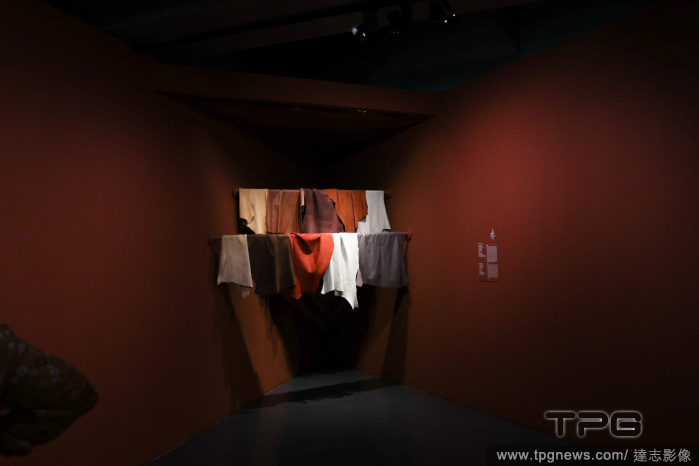
Editorial Parfums d'Orient Exhibition - Paris, France - 01 Oct 2023
- 2023-10-02
- 2
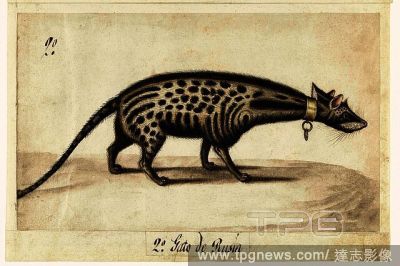
Editorial Parfums d'Orient Exhibition - Paris, France - 01 Oct 2023
- 2023-06-15
- 1
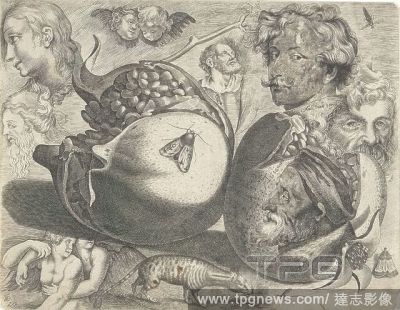
Editorial Parfums d'Orient Exhibition - Paris, France - 01 Oct 2023
- 2023-06-15
- 1
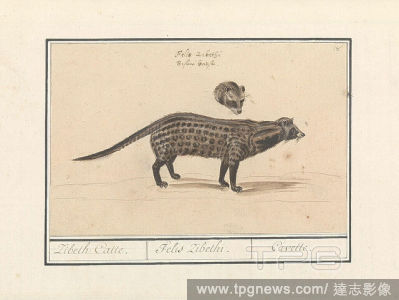
Editorial Parfums d'Orient Exhibition - Paris, France - 01 Oct 2023
- 2023-06-15
- 1
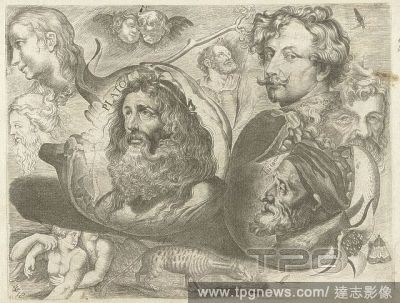
Editorial Parfums d'Orient Exhibition - Paris, France - 01 Oct 2023
- 2023-06-14
- 1
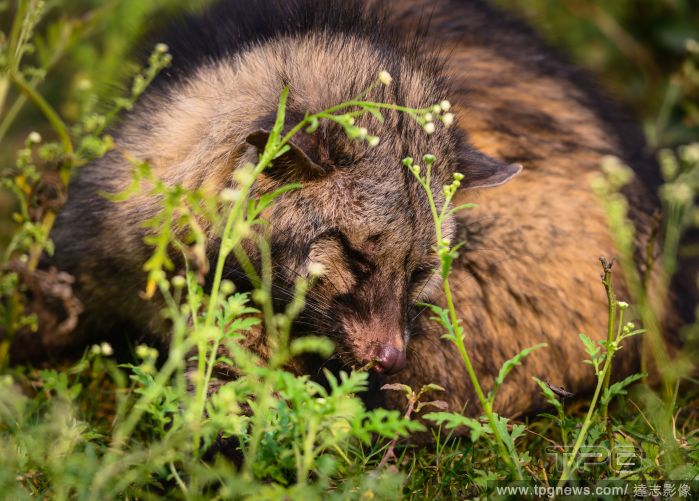
Editorial Animal India, Tehatta - 14 Jan 2023
- 2023-01-14
- 2
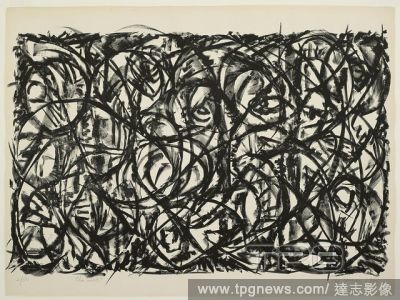
Editorial The Civet. Lee Krasner; American, 1908-1984. Date: 1962. Dimensions: 490 x 938 mm (image); 564 x 756 mm (sheet). Lithograph on off-white wove paper. Origin: United States.
- 2022-12-25
- 1
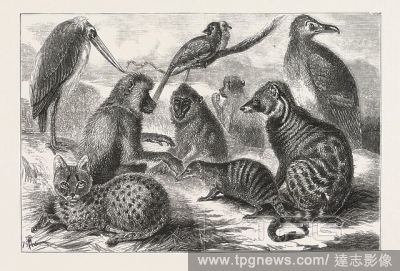
Editorial LIEUTENANT CAMERON'S ADDITIONS TO THE ZOO, YOUNG WILD CAT, ANGOLA VULTURE, MANDRIL, ICHNEUMON, CIVET CAT, BABOONS, MARABOU STORK, COLIUS CUSTANONOLUS, ENGRAVING 1876, UK, britain, british, europe, united kingdom, great britain, european.
- 2022-12-24
- 1
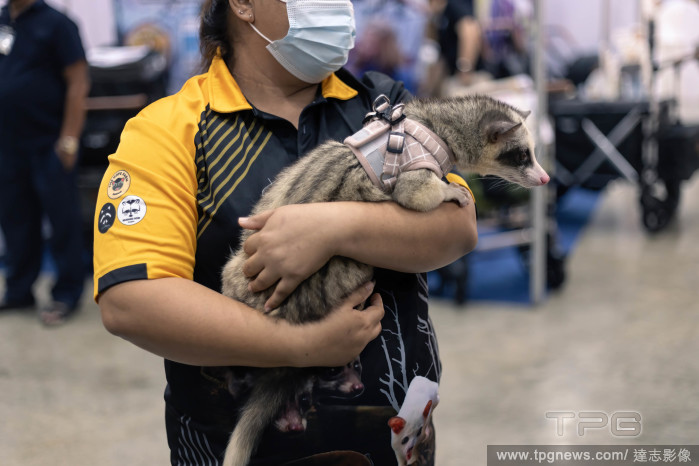
Editorial International Pet Variety Exhibition in Bangkok, Thailand
- 2022-10-23
- 2

Editorial No Child Left Inside Act introduced in Washington, District of Columbia - 14 May 2009
- 2021-08-18
- 1
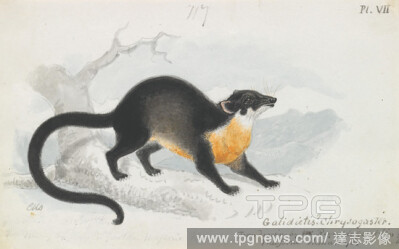
Editorial Asian Palm Civet, Charles Hamilton Smith, 17761859, Belgian, ca. 1837, Watercolor and graphite on moderately thick, smooth, white, wove paper, Sheet: 4 1/8 ? 6 1/2 inches (10.5 ? 16.5 cm), animal art.
- 2021-02-21
- 1
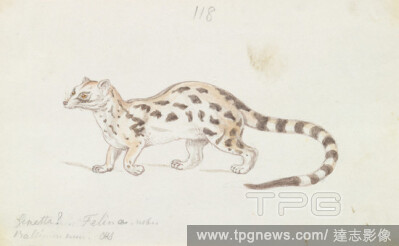
Editorial Small Indian Civet, Charles Hamilton Smith, 17761859, Belgian, ca. 1837, Watercolor, pen and brown ink and graphite on medium, smooth, white, wove paper, Sheet: 4 1/16 ? 6 1/2 inches (10.3 ? 16.5 cm), animal art.
- 2021-02-21
- 1
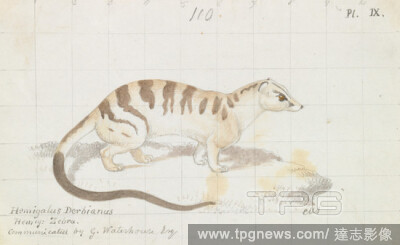
Editorial Banded Palm Civet, Charles Hamilton Smith, 17761859, Belgian, ca. 1837, Watercolor and graphite on medium, smooth, white, wove paper, Sheet: 4 1/16 ? 6 1/2 inches (10.3 ? 16.5 cm), animal art, zebra (mammal).
- 2021-02-21
- 1
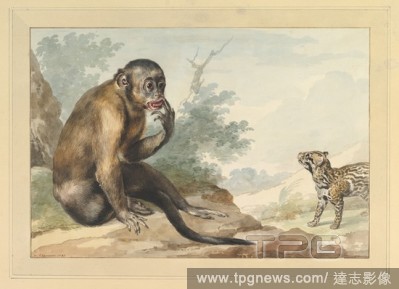
Editorial A Monkey Sitting on a Rock Looking at a Civet.
- 2020-09-11
- 1
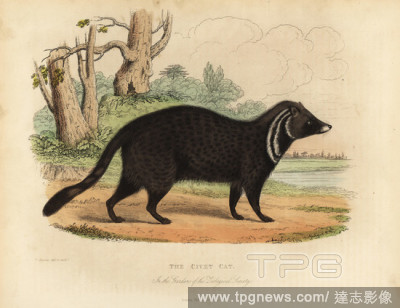
Editorial African civet, Civettictis civetta. The Civet Cat in the Gardens of the Zoological Society. Handcoloured copperplate drawn and engraved by W. Panormo from William Smellies translation of Count Georges Buffons History of the Earth and Animated Nature, T...
- 2020-07-28
- 1

Editorial A Monkey Sitting on a Rock Looking at a Civet.
- 2019-11-18
- 1
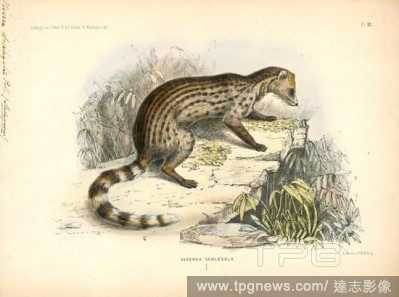
Editorial Viverra schlegelii, Print, Viverra is a mammalian genus that was first nominated and described by Carl Linnaeus in 1758 as comprising several species including the large Indian civet (V. zibetha). The genus was subordinated to the viverrid family by Jo...
- 2019-11-18
- 1
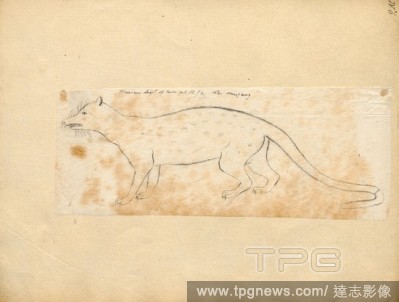
Editorial Paradoxurus spec., Print, Palm Civet (Paradoxurus) unknown, 1700-1880.
- 2019-11-18
- 1
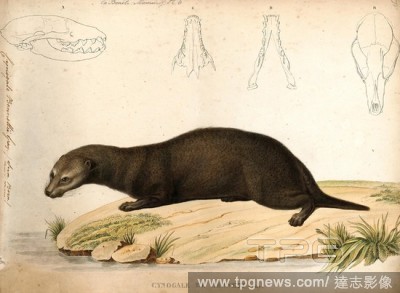
Editorial Cynogale bennettii, Print, The otter civet (Cynogale bennettii) is a semiaquatic civet native to Thailand, Malaysia, Indonesia and Brunei. It is listed as Endangered because of a serious ongoing population decline, estimated to be more than 50% over th...
- 2019-11-18
- 1
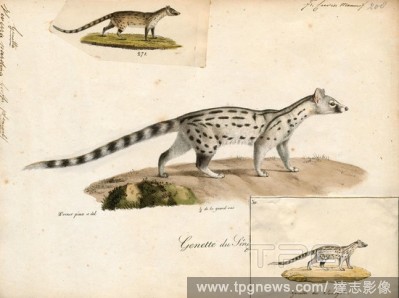
Editorial Viverra pardina, Print, Viverra is a mammalian genus that was first nominated and described by Carl Linnaeus in 1758 as comprising several species including the large Indian civet (V. zibetha). The genus was subordinated to the viverrid family by John ...
- 2019-11-18
- 1
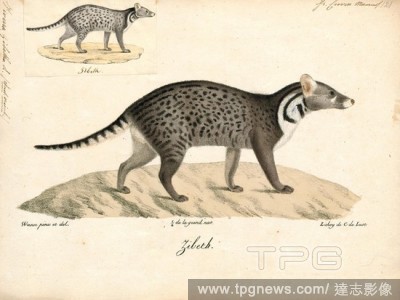
Editorial Viverra zibetha, Print, The large Indian civet (Viverra zibetha) is a civet native to South and Southeast Asia. It is listed as Least Concern on the IUCN Red List. The global population is considered decreasing mainly because of trapping-driven decline...
- 2019-11-18
- 1
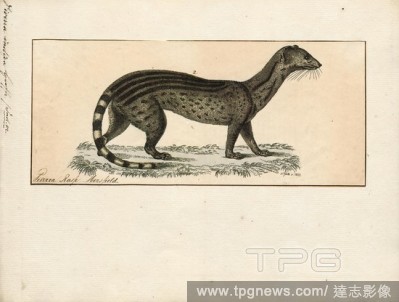
Editorial Viverra indica, Print, Viverra is a mammalian genus that was first nominated and described by Carl Linnaeus in 1758 as comprising several species including the large Indian civet (V. zibetha). The genus was subordinated to the viverrid family by John E...
- 2019-11-18
- 1
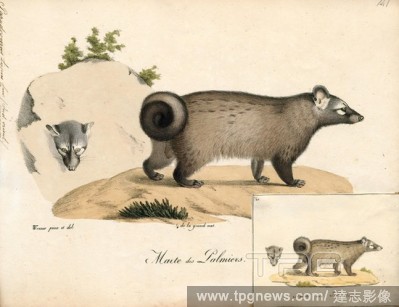
Editorial Paradoxurus typus, Print, The Asian palm civet (Paradoxurus hermaphroditus) is a small viverrid native to South and Southeast Asia. Since 2008, it is IUCN Red Listed as Least Concern as it is tolerant of a broad range of habitats. It is widely distribu...
- 2019-11-18
- 1

Editorial Proteles lalandii, Print, The aardwolf (Proteles cristata) is an insectivorous mammal, native to East and Southern Africa. Its name means "earth-wolf" in Afrikaans and Dutch. It is also called "maanhaar-jackal" (Afrikaans for "mane-jackal"), "ant hyena...
- 2019-11-18
- 1
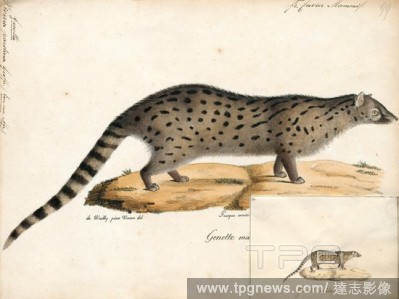
Editorial Viverra pardina, Print, Viverra is a mammalian genus that was first nominated and described by Carl Linnaeus in 1758 as comprising several species including the large Indian civet (V. zibetha). The genus was subordinated to the viverrid family by John ...
- 2019-11-18
- 1
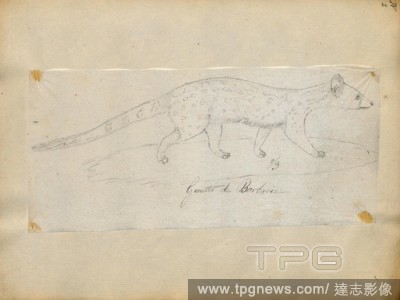
Editorial Viverra pardina, Print, Viverra is a mammalian genus that was first nominated and described by Carl Linnaeus in 1758 as comprising several species including the large Indian civet (V. zibetha). The genus was subordinated to the viverrid family by John ...
- 2019-11-18
- 1
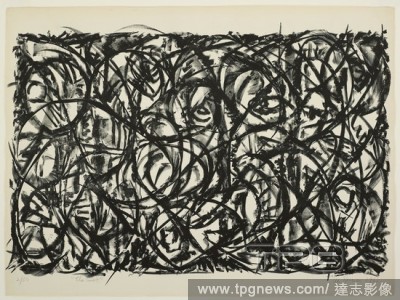
Editorial The Civet. Lee Krasner; American, 1908-1984. Date: 1962. Dimensions: 490 x 938 mm (image); 564 x 756 mm (sheet). Lithograph on off-white wove paper. Origin: United States.
- 2019-03-18
- 1
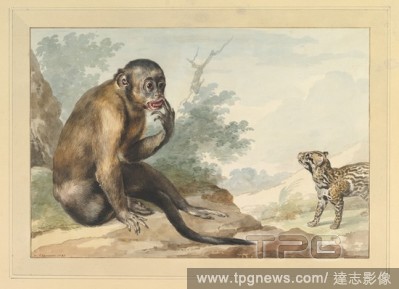
Editorial A Monkey Sitting on a Rock Looking at a Civet.
- 2019-02-22
- 1

Editorial Asian palm civet, Paradoxurus hermaphroditus 1, greater grison, Galictis vittata 2, and Sunda stink badger, Mydaus javanensis 3. Handcoloured copperplate engraving by Theodore Goetz from Friedrich Johann Bertuch's Bilderbuch fur Kinder (Picture Book fo...
- 2019-02-22
- 1

Editorial Album Sheet with a Civet. Civet Cat. Draughtsman: anonymous. Dating: c. 1572. Place: Nederlanden. Measurements: h 176 mm ? w 294 mm ? h 209 mm ? w 310 mm.
- 2019-02-01
- 1
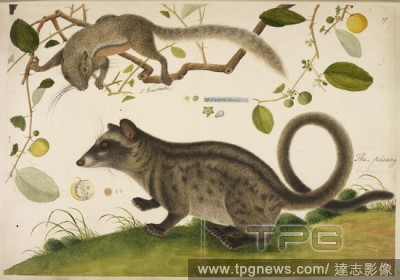
Editorial Squirrel, unidentified, (Callosciurus?), and a Common Palm Civet (Paradoxuvus?) inscribed 'Masang' and Moosang and fruit'. History of Sumatra. Pencil, pen and ink and watercolour. Source: NHD 1/19.
- 2019-01-24
- 1
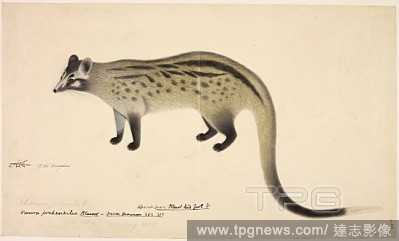
Editorial Common Palm Civet ‘Paradoxurus hermaphroditus’. Buchanan-Hamilton Collection. 1804 - 1807. Watercolour Size: 482 by 285 mm. Source: NHD 3/488.
- 2019-01-24
- 1
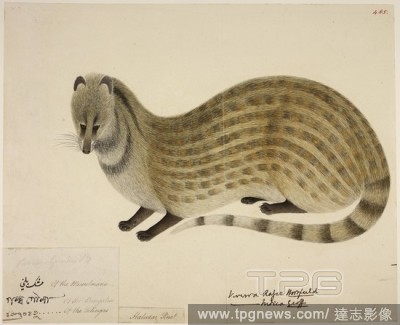
Editorial Small Indian Civet ‘Viverricula indica’ Size: 317 by 256 mm. The animal’s markings appear to be a composite of that of the masked palm civet (‘paguma larvata’) and the small Indian civet (‘viverricula indica’). Buchanan-Hamilton Collecti...
- 2019-01-24
- 1
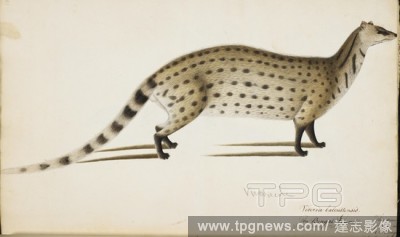
Editorial Small Indian Civet ‘Viverricula indica’. Wellesley Albums. 1798 - 1805. Watercolour. Source: NHD 32/18.
- 2019-01-24
- 1

Editorial Three-striped Palm Civet ‘Arctogalidea trivirgata’. Buchanan-Hamilton Collection. 1804 - 1807. Watercolour Size: 428 by 228 mm. Source: NHD 3/487.
- 2019-01-23
- 1
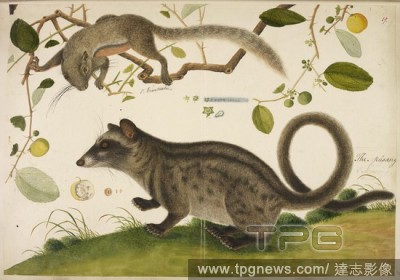
Editorial Squirrel, unidentified, (Callosciurus?), and a Common Palm Civet (Paradoxuvus?) inscribed 'Masang' and Moosang and fruit'. History of Sumatra. Pencil, pen and ink and watercolour. Source: NHD 1/19.
- 2018-12-06
- 1

Editorial Common Palm Civet ‘Paradoxurus hermaphroditus’. Buchanan-Hamilton Collection. 1804 - 1807. Watercolour Size: 482 by 285 mm. Source: NHD 3/488.
- 2018-12-06
- 1

Editorial Otter Civet. c.1824. Otter Civet ('Cynogale Bennettii' Grey). From an album of 51 drawings of birds and mammals made at Bencoolen, Sumatra, for Sir Stamford Raffles. Watercolour. Originally published/produced in c.1824. . Source: NHD 47/45,.
- 2018-12-06
- 1
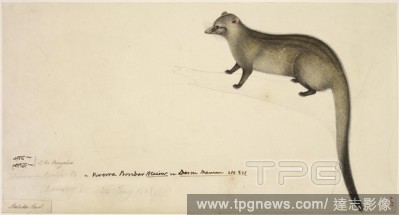
Editorial Three-striped Palm Civet ‘Arctogalidea trivirgata’. Buchanan-Hamilton Collection. 1804 - 1807. Watercolour Size: 428 by 228 mm. Source: NHD 3/487.
- 2018-12-06
- 1
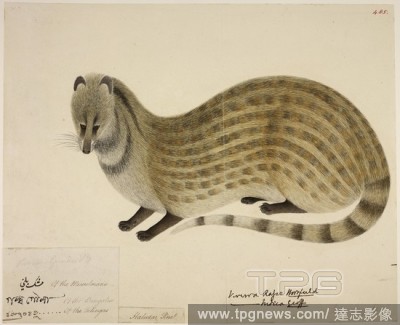
Editorial Small Indian Civet ‘Viverricula indica’ Size: 317 by 256 mm. The animal’s markings appear to be a composite of that of the masked palm civet (‘paguma larvata’) and the small Indian civet (‘viverricula indica’). Buchanan-Hamilton Collecti...
- 2018-12-06
- 1
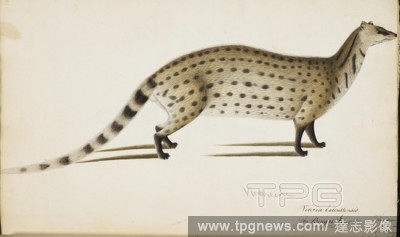
Editorial Small Indian Civet ‘Viverricula indica’. Wellesley Albums. 1798 - 1805. Watercolour. Source: NHD 32/18.
- 2018-12-06
- 1
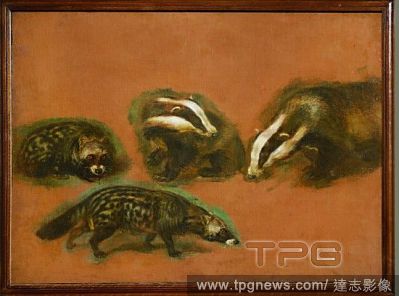
Editorial Pieter Boel moved to Paris in order to paint the animals in the newly established zoo of Louis XIV. Many of Boel's sketches were used in the tapestries woven in Les Gobelins. A civet-cat and a badger, canvas,84,5 x 115 cm INV.3974.
- 2018-09-12
- 1

Editorial A Monkey Sitting on a Rock Looking at a Civet.
- 2018-08-06
- 1
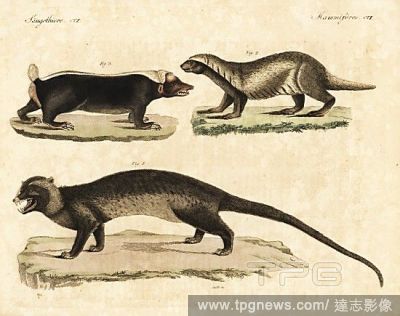
Editorial Asian palm civet, Paradoxurus hermaphroditus 1, greater grison, Galictis vittata 2, and Sunda stink badger, Mydaus javanensis 3. Handcoloured copperplate engraving by Theodore Goetz from Friedrich Johann Bertuch's Bilderbuch fur Kinder (Picture Book fo...
- 2018-08-02
- 1
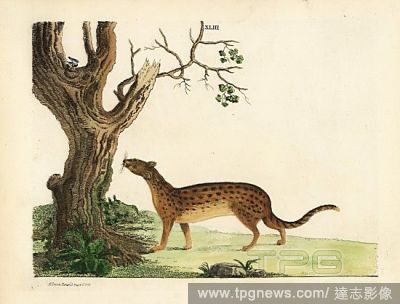
Editorial Malagasy or striped civet, Fossa fossana. (Fossane, Viverra fossa.) Near threatened. Handcoloured copperplate engraving by Peter Brown from his New Illustrations of Zoology, B. White, London, 1776.
- 2018-07-30
- 1
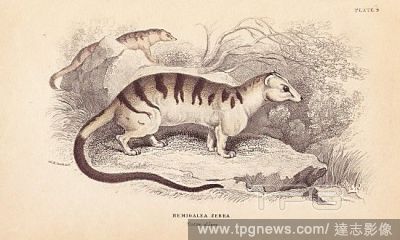
Editorial Banded palm civet cat, Hemigalus derbyanus (Hemigalea zebra). Threatened. Handcoloured steel engraving by Lizars after an illustration by Charles Hamilton Smith from William Jardine's Naturalist's Library, Edinburgh, 1843.
- 2018-07-30
- 1
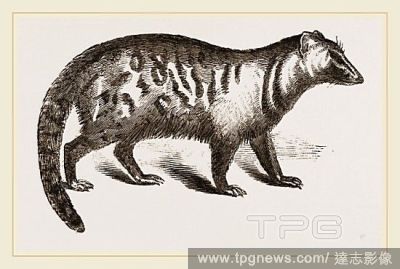
Editorial Civet.
- 2018-07-27
- 1

Editorial Masked palm civet or gem-faced civet, Paguma larvata (Masked glutton, Gulo larvatus). Handcoloured copperplate engraving by Bradley after an illustration by Charles Hamilton Smith from a specimen in Amsterdam Museum from Edward Griffith's The Animal Ki...
- 2018-07-26
- 1
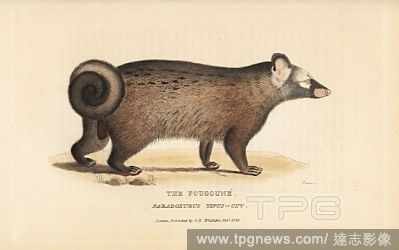
Editorial Asian palm civet or toddy cat, Paradoxurus hermaphroditus (Pougoune, Paradoxurus tipus). Handcoloured copperplate engraving by James Basire from Edward Griffith's The Animal Kingdom by the Baron Cuvier, London, Whittaker, 1825.
- 2018-07-26
- 1

Editorial Aardwolf, Proteles cristata (Hyaena civet, Viverra hyenoides). Handcoloured copperplate engraving by Thomas Landseer after an illustration by Charles Hamilton Smith from Edward Griffith's The Animal Kingdom by the Baron Cuvier, London, Whittaker, 1825.
- 2018-07-26
- 1

Editorial African civet, Civettictis civetta (Civet, Viverra civetta). Handcoloured copperplate engraving by James Basire from Edward Griffith's The Animal Kingdom by the Baron Cuvier, London, Whittaker, 1825.
- 2018-07-26
- 1

Editorial Large Indian civet, Viverra zibetha. Near threatened. (Civet, Viverra civetta). Handcoloured copperplate engraving by James Basire from Edward Griffith's The Animal Kingdom by the Baron Cuvier, London, Whittaker, 1825.
- 2018-07-26
- 1
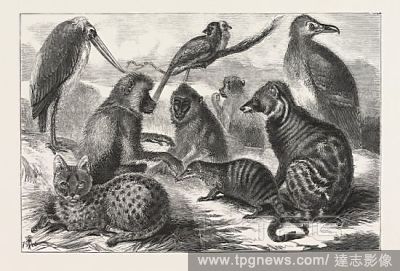
Editorial LIEUTENANT CAMERON'S ADDITIONS TO THE ZOO, YOUNG WILD CAT, ANGOLA VULTURE, MANDRIL, ICHNEUMON, CIVET CAT, BABOONS, MARABOU STORK, COLIUS CUSTANONOLUS, ENGRAVING 1876, UK, britain, british, europe, united kingdom, great britain, european.
- 2018-07-25
- 1
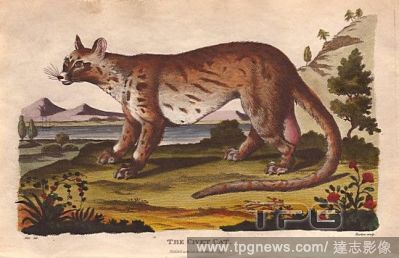
Editorial Civet cat.. Civetticus civetta.
- 2018-07-24
- 1

Editorial Bilbao / Bilbo; tapas de "lomo de ciervo en civet"; bar de tapas "Zuga" (Casco Viejo / Plaza Nueva).
- 2018-07-05
- 1
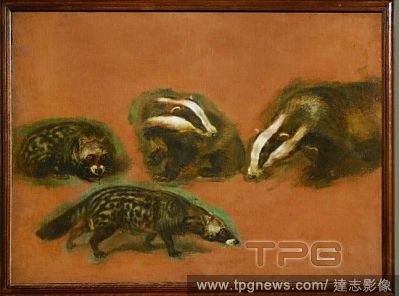
Editorial Pieter Boel moved to Paris in order to paint the animals in the newly established zoo of Louis XIV. Many of Boel's sketches were used in the tapestries woven in Les Gobelins. A civet-cat and a badger, canvas,84,5 x 115 cm INV.3974.
- 2018-07-02
- 1
 Loading
Loading 